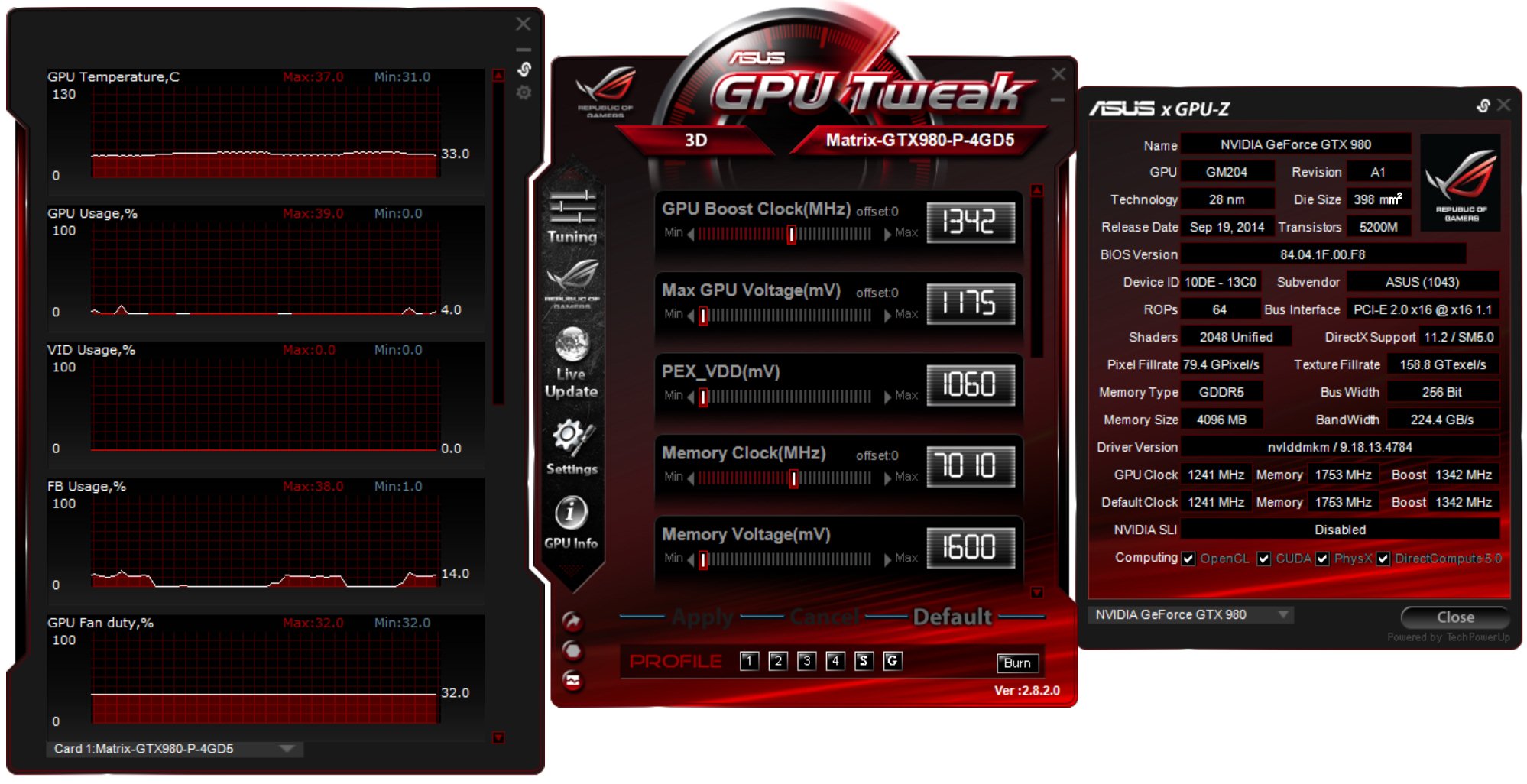
On my Ubuntu 18.10 system, the Nvidiux option to apply an overclocking profile on system startup is grayed out. You can disable this from its preferences, by checking the Disable Stats box. I should also add that Nvidiux collects some system information, like the Nvidia graphics drivers version, GPU model and UUID, and the system version and architecture. I'm using the experimental GPU monitor in this screenshot, which requires installing pyqtgraph (in Debian, Ubuntu, Linux Mint, etc., use this to install it: sudo apt install python-pyqtgraph) and enabling the Activate experimental monitor option in the Nvidiux settings. And it has a nice built-in GPU monitoring tool: However, Nvidiux offers some extra features, including easy overclock profile loading and saving. You can overclock or underclock your Nvidia GPU by using the Nvidia Settings tool, after enabling Coolbits, so Nvidiux doesn't offer anything new. Version 337 or newer is required for overclocking, while version 346 or newer is needed if you want to use the overvolt feature. You'll also need the proprietary Nvidia graphics drivers to use Nvidiux. Nvidiux works with 4XX or newer Nvidia graphics cards. The application does not support undervolting.


Nvidiux takes care of everything needed to overclock Nvidia graphics cards, making it almost as easy to use as Afterburner, the popular MSI GPU overclocking tool. The application makes it easy to overclock or underclock Nvidia GPUs, while also providing some extra features like fan control or GPU monitoring.

Nvidiux is a graphical Nvidia GPU overclocking tool for Linux.


 0 kommentar(er)
0 kommentar(er)
